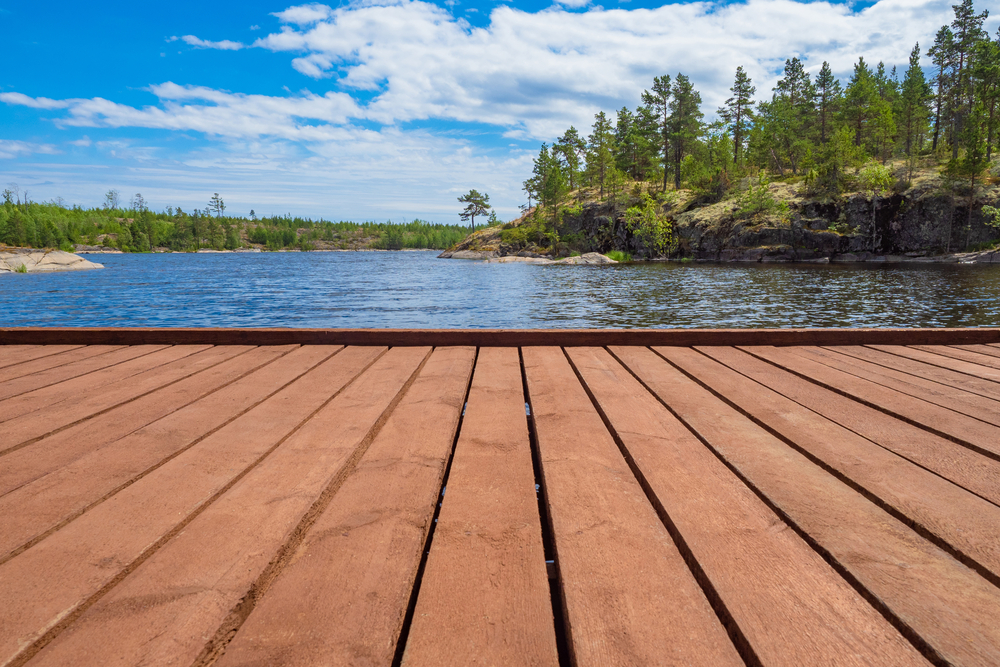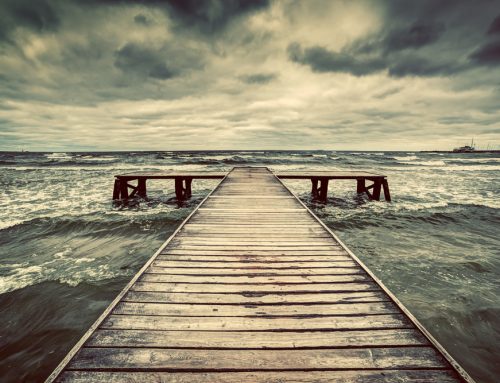If you have a lakefront property, then you either already have a dock or you’re looking to build one soon. Even if you aren’t a big swimmer, having a dock allows you to enjoy your lakefront property more than before. Before you decide on what type of dock you want, take a look at the most popular types of docks below.
Find out more about our dock repair Orlando services
Floating Docks
Floating docks are one of the most common types of docks. You’ll see them used in residential areas, but also for commercial and recreational areas. They’re popular because they’re fairly easy to install and adjust automatically to the water level, making docking easy no matter what time of day.
Since floating docks don’t need supports, they work great in deep water.
Floating docks can be used for just about anything, but if your water level drops significantly and would result in the bottom of the dock scraping along the bottom of the sea or lake bed, it’s not ideal. Additionally, if you get a lot of rough waves, you’ll want to look at a different dock option.
Caisson Docks
Caisson docks are another very popular option. They are easy to move and float on the water’s surface, but are filled with concrete to remain stable and in the water. Unfortunately, they are very susceptible to climate change, but they are an excellent option for anyone looking for an easy and protective dock.
Standing Docks
The opposite to floating docks, standing docks are attached to the bottom of the sea or lake floor and need support. They are a fixed height and won’t change with the water level, making docking at low tide difficult, but they are very stable and won’t sway with every wave.
Standing docks are best for bodies of water that don’t have changing water levels. If the water rises too much, it will flood the dock and can damage the surface. However, if the water sinks too far, you won’t be able to dock a boat, and the dock will be too high.
Combination Docks
Combination docks are a solution to the problems posed by both floating docks and standing docks. They are, as you can probably imagine, a combination of the two.
A combination dock is simply a floating dock attached to a standing dock. The standing dock is built first at the height you want it at, and then a floating dock is attached on top. When water levels rise, you can easily access and use the floating dock. You’ll have a steady, stable standing dock when water levels are back down to normal.
Lift-Up Docks
Lift-up docks are popular in areas where the water freezes over during the winter and ice presents a significant problem. These docks can be raised above the water using a winch when winter comes. They are lifted high enough that they aren’t damaged by ice. Many people with lift-up docks also remove the dock flooring, but this isn’t necessary. It can provide extra protection, though.
With lift-up docks, it’s crucial to have a firm sea or lake floor. A lift-up dock is first a standing dock, so you’ll need to build strong supports for it. If you don’t, the dock may end up sinking or collapsing at an inopportune time.
Pipe Docks
Pipe docks are popular because they are one of the most affordable dock options available. They are built using an aluminum pipe frame but are actually very sturdy. They are typically built in the form of a standing dock, but can withstand the changes in water level and won’t deteriorate as fast as wood or pollute the water like plastic.
Conclusion
Owning a lakefront property is an amazing experience that’s made even better with the right dock. While everyone has their own idea of what the perfect dock looks like, it’s essential to keep in mind your budget and the stability of the sea or lake floor.





